Bajaj NS400 to Launch in India on May 3, Will be the Most Powerful Pulsar Yet
Bajaj has confirmed to introduce its largest Pulsar in India on May 3. Let's take a look at what the new Bajaj Pulsar NS400 is likely to offer potential clients in India.
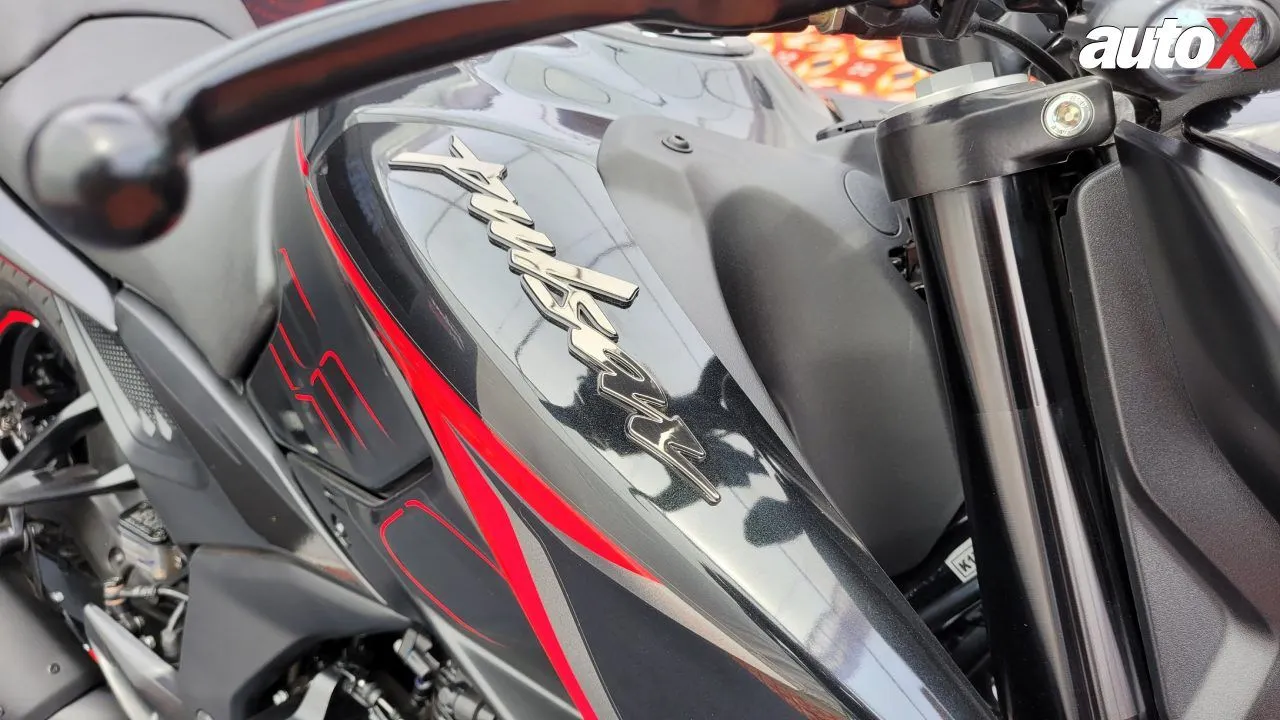
Bajaj has ended rumours by confirming the launch of its largest pulsar—the NS400—on May 3 in India. The motorcycle is expected to be priced competitively and positioned below the Dominar 400 in the lineup. While there is not much information about the design at this time, the NS400 may take styling cues from its NS siblings, particularly the NS200. Therefore, you can expect a similar muscular look with tank shrouds and a streamlined tail section. The bike is also likely to have the same perimeter frame as the NS200, with up-side down forks in the front and a monoshock in the rear. While more precise details will be revealed closer to the launch, here's what to expect from the upcoming biggest Pulsar ever.
Bajaj Pulsar NS400: Mechanical Details
There is currently no information on the mechanical specifications of the NS400. Market reports, however, suggest that the upcoming motorcycle may include the 373cc liquid-cooled engine found in the Dominar 400. For context, Bajaj currently makes a total of three engines for the 400cc motorcycle market in India. These comprise the 373cc liquid-cooled engine from the Dominar 400, the 398cc liquid-cooled engine (developed in collaboration with Triumph), and the new 399cc single-cylinder liquid-cooled motor found in the New KTM 390 Duke and the Husqvarna Svartpilen 401.
Bajaj Pulsar NS400: Features
Features-wise, the NS400 is likely to come with a dual-channel, three-mode anti-lock braking system and a digital instrument cluster similar to its new Pulsar siblings. The switchgear controls the new blacked-out instrument cluster, which has a digital display. It shows information such as immediate fuel efficiency, distance to empty, average fuel economy, typical trip meter, odometer, speedometer, turn-by-turn navigation, and fuel gauge.
Bajaj Pulsar N250 Launched in India
Bajaj launched the new Pulsar N250 in India for Rs 1.51 lakh (ex-showroom). The updated motorcycle now features a digital console with a Bluetooth connection. Aside from that, the redesigned bike gets a 37mm inverted fork, which is a significant shift from the previous model's telescopic fork setup.
The bike's mechanical components remain unchanged, including the 249cc, single-cylinder, air/oil-cooled engine. The motor produces 24.1bhp of maximum power at 8,750rpm and 21.5Nm of peak torque at 6,500rpm. It is equipped with a five-speed transmission with a slip-and-assist clutch.

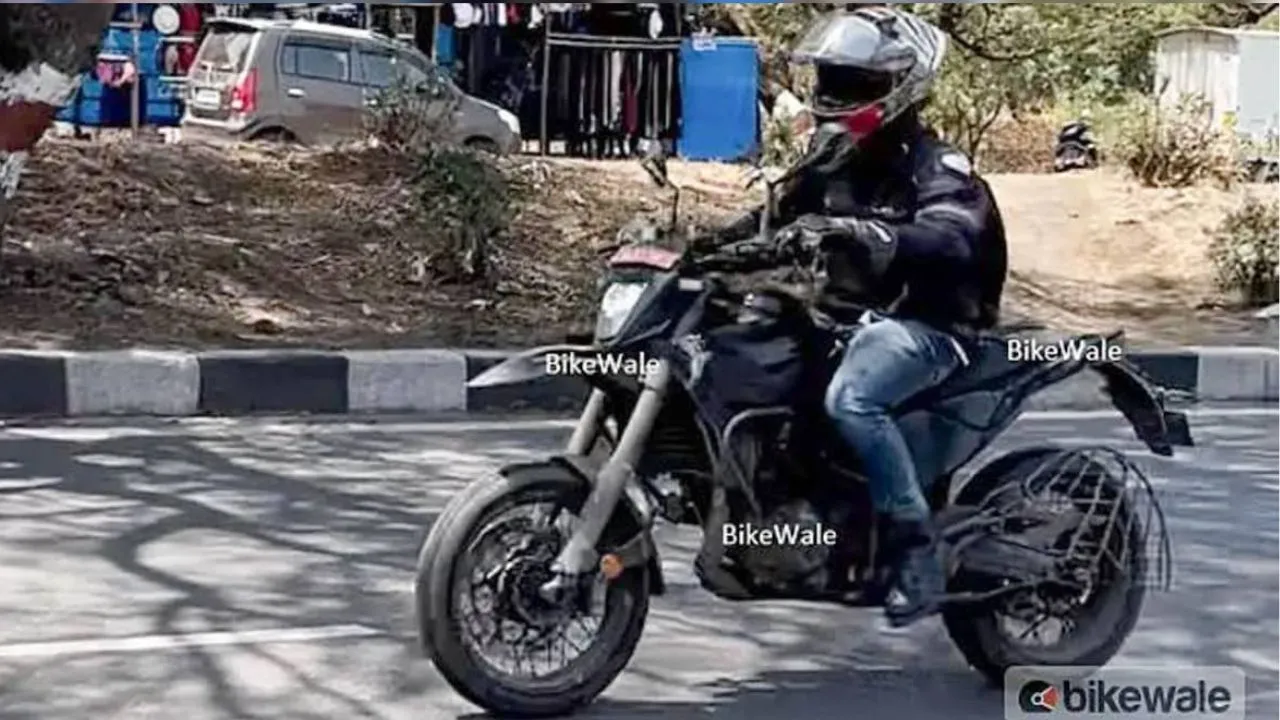
-(1).webp)


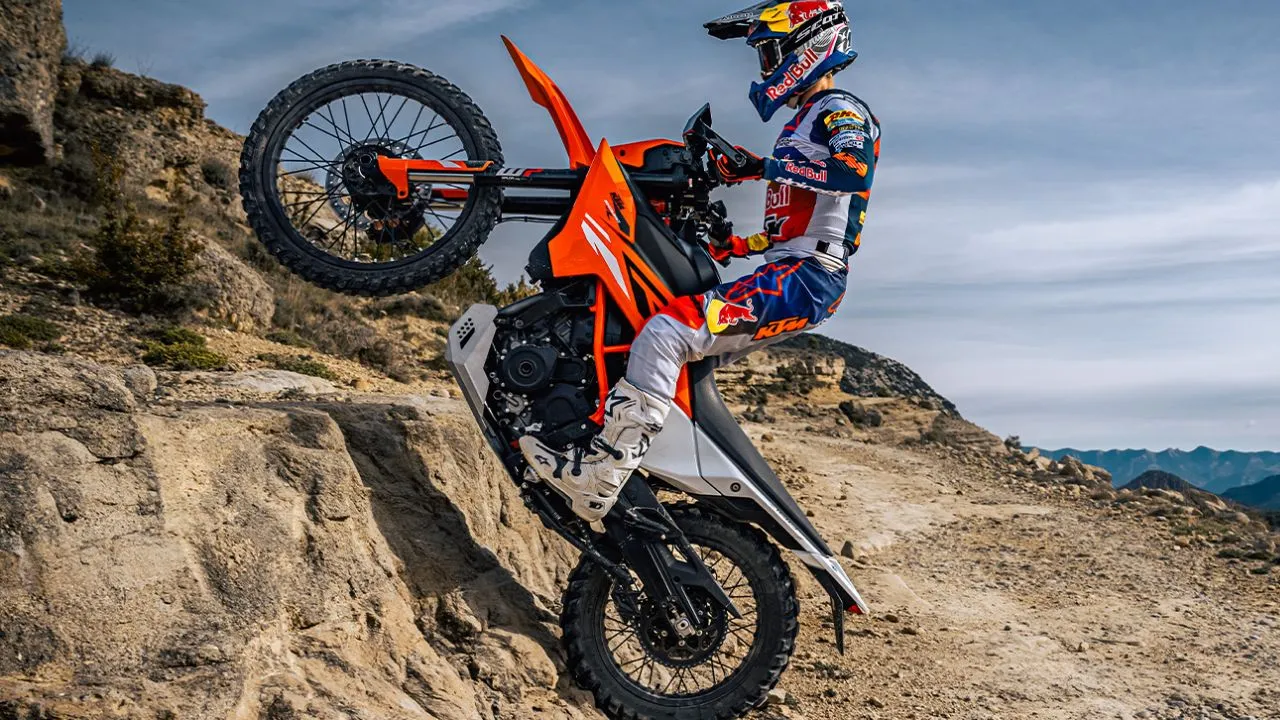
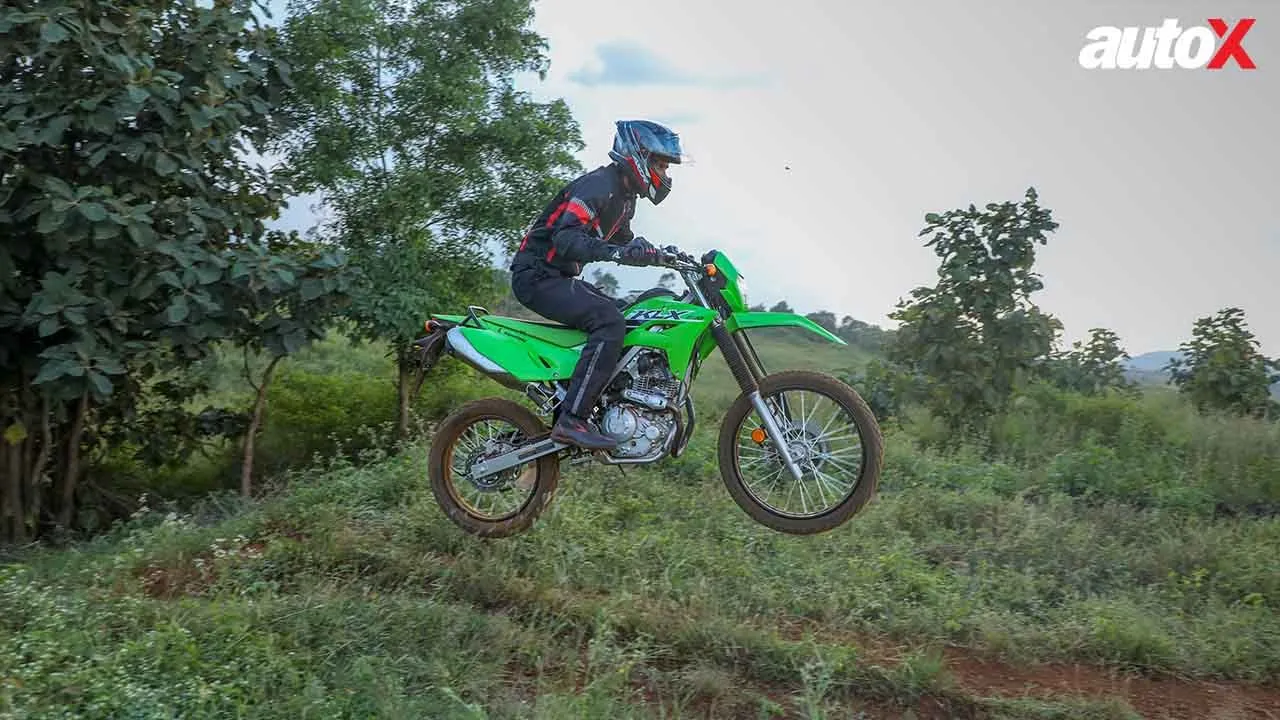
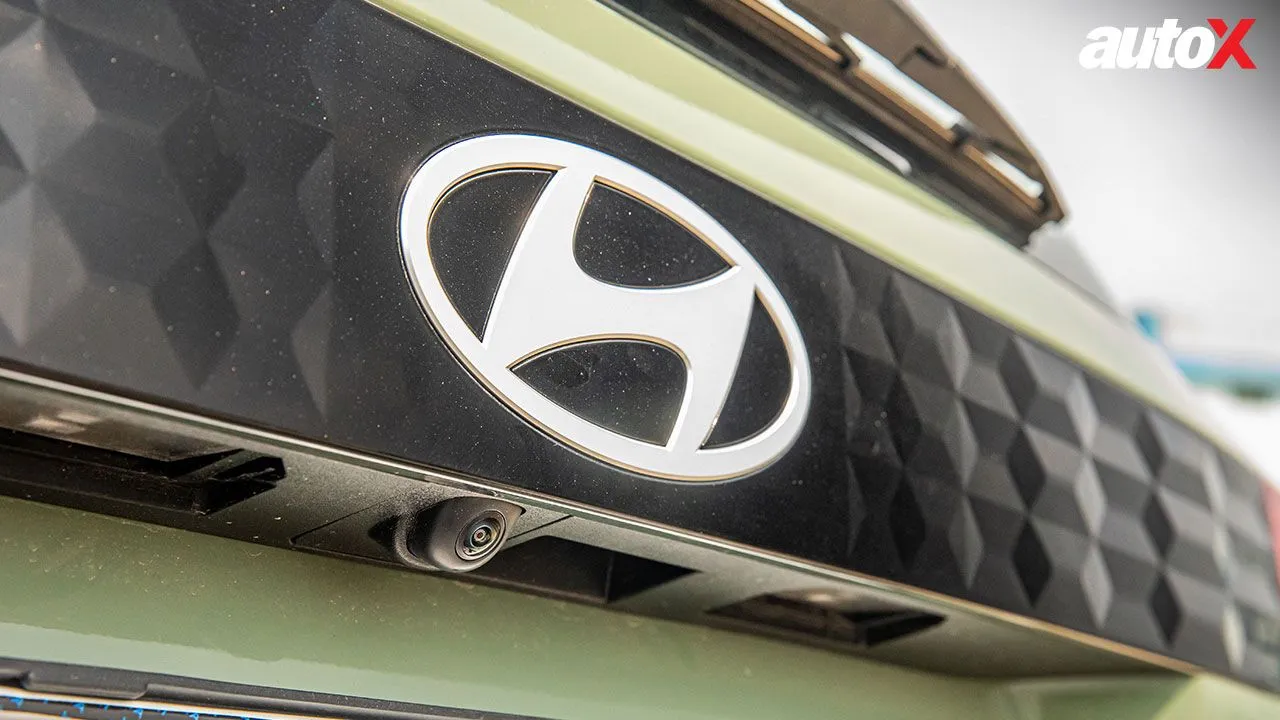
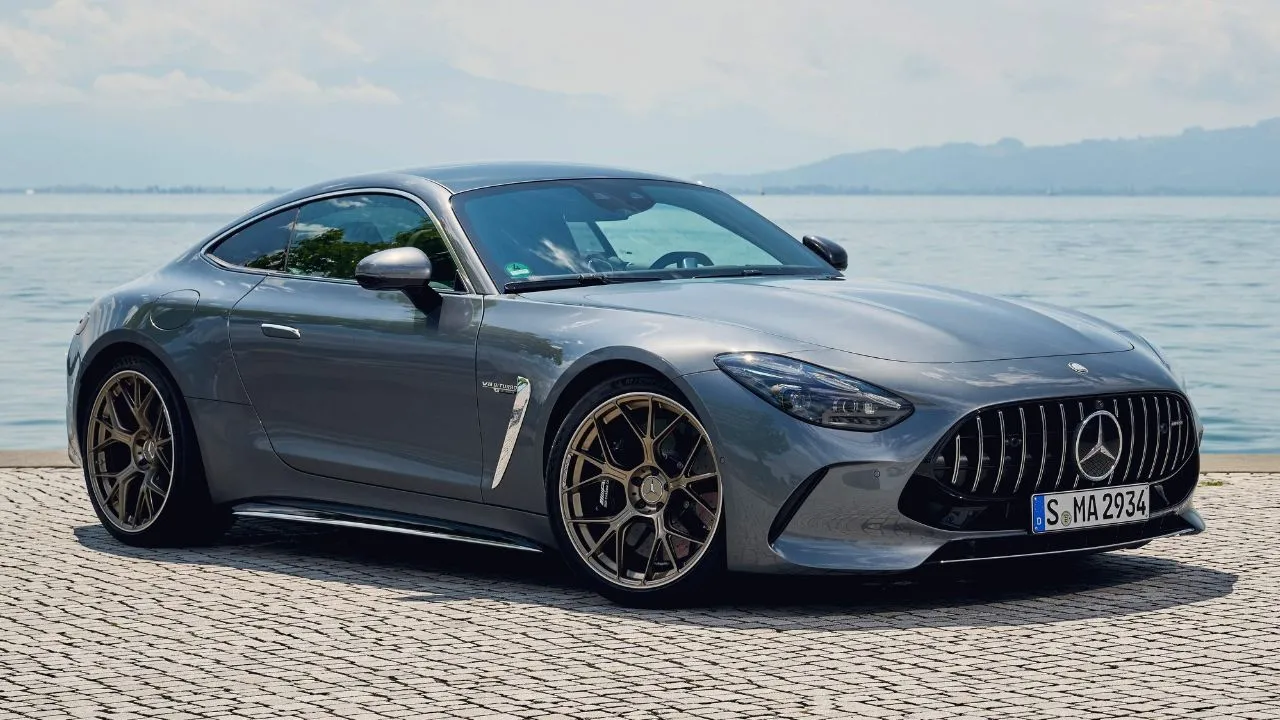
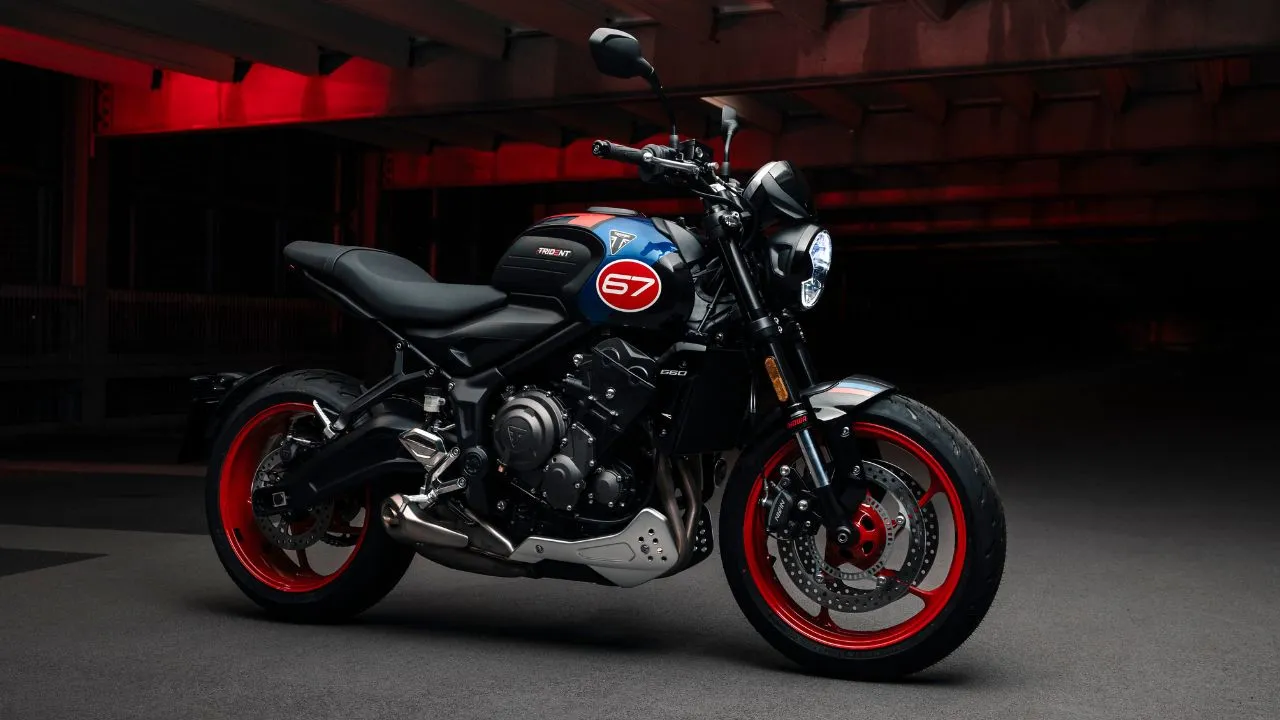
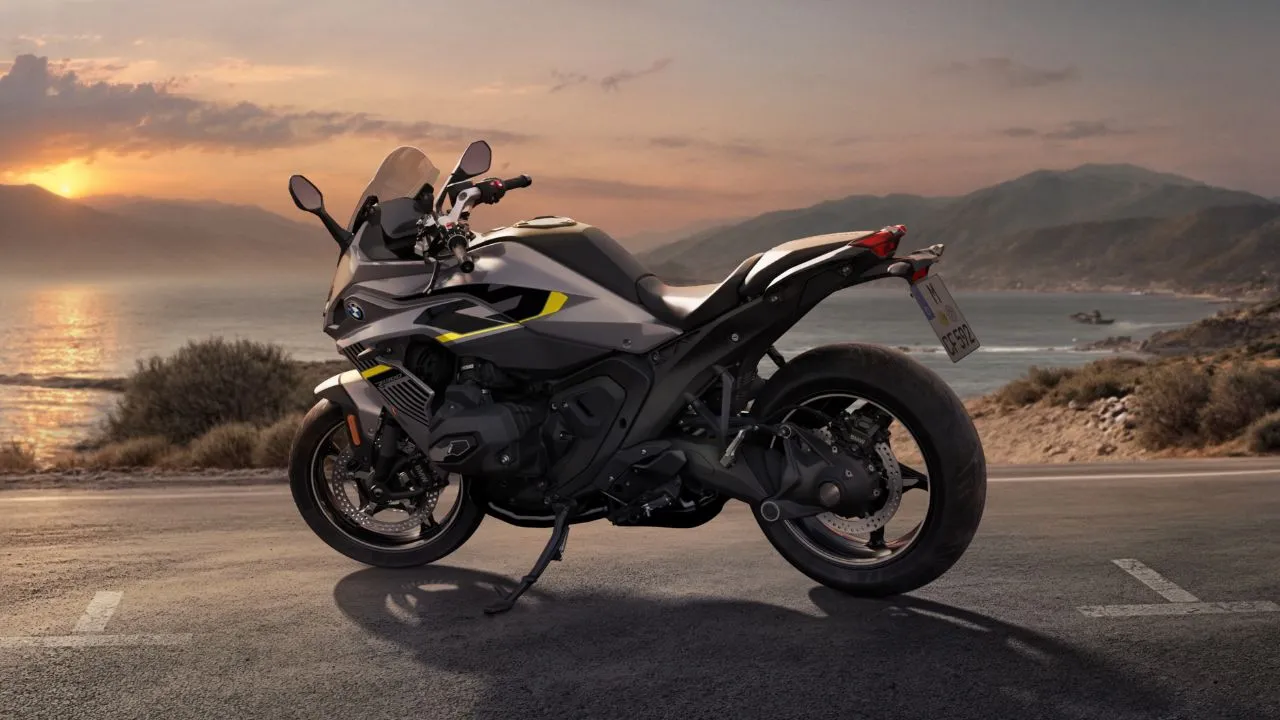


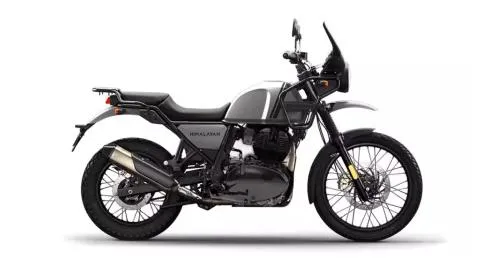
















Write your Comment on